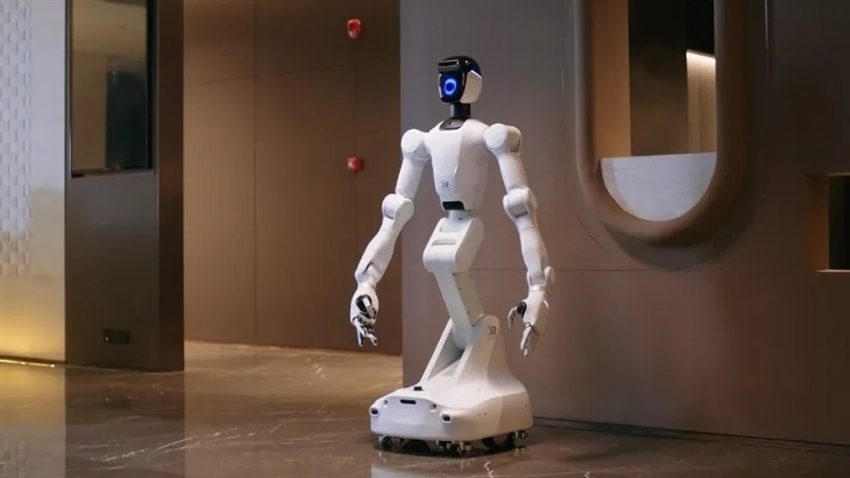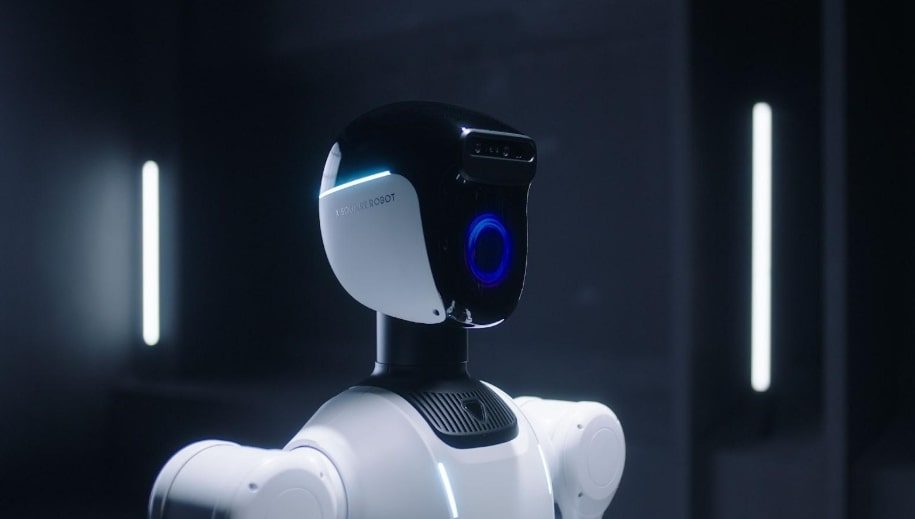Chinese humanoid robotics firm X Square Robot has raised about $100 million in a funding round led by Alibaba Cloud, reflecting rising interest in domestic service robots.
Established in December 2023 and based in Shenzhen, the company has now secured over 2 billion yuan across eight financing rounds, according to Chief Operating Officer Yang Qian.
The round also drew investment from HongShan (formerly Sequoia Capital China), Meituan, Legend Star, Legend Capital, and INCE Capital. The startup did not disclose its valuation, though the deal signals strong confidence in AI-powered humanoid robotics.
Yang explained, “Right now we need robots to operate and complete complex tasks autonomously,” noting that AI is essential to expanding beyond simple robotic functions like grasping.
To foster innovation, X Square Robot launched an open-source embodied AI model, Wall-OSS, accessible to developers worldwide. The firm claims it is the first to open source an AI model dedicated to robotics and expects “robotic butlers” within five years.

Yang acknowledged that embodied AI still trails generative models like ChatGPT 3.5, forecasting robot-specific AI won’t reach similar capabilities for at least another year. The startup uses Nvidia chips for demanding tasks and domestically sourced automotive processors for others.
Alongside software advances, X Square introduced its Quanta X2 robot, featuring 360-degree cleaning with attachable mop heads and hands sensitive to pressure for human-like dexterity.
While there is no mass-market product yet, humanoid robots typically cost around $80,000, although competitors like Unitree offer models for about $16,000.
Yang indicated plans to prepare for an initial public offering next year but has not chosen a stock exchange. The company generates revenue from sales to schools, hotels, and retirement homes, with ambitions to grow and expand internationally.
Yang emphasised that to reach consumers broadly, robot prices need to drop to about $10,000, a goal she believes achievable within three to five years through hardware cost reductions, making household robots more accessible.












